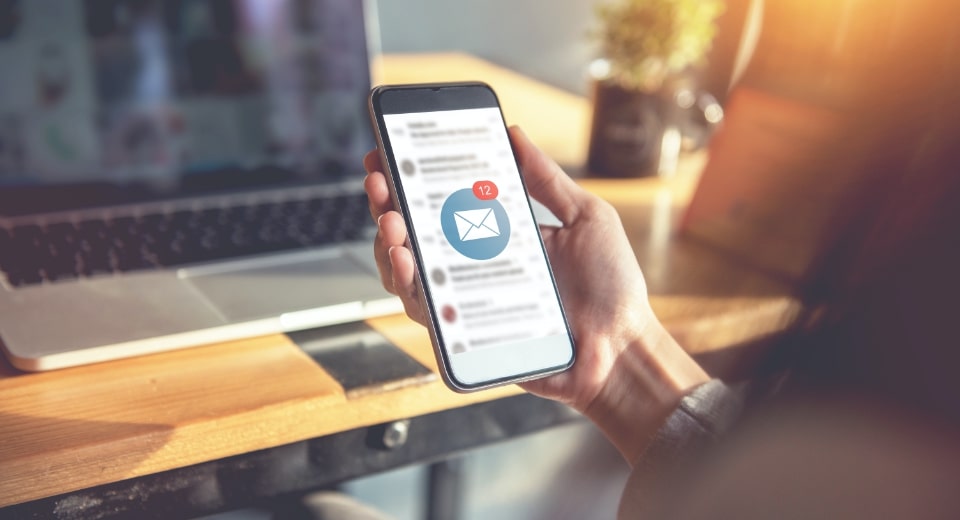16 May 2024

Internet of Things (IoT) for Simplification of Governance Procedures
The Internet of Things (IoT) refers to a network of interconnected devices that collect, exchange, and analyze data to automate processes and enhance decision-making. In the realm of governance, IoT has the potential to significantly streamline and simplify various procedures, making them more efficient, transparent, and responsive. This article explores how IoT can revolutionize governance procedures across different sectors.
Key Benefits of IoT in Governance
- Enhanced Efficiency: IoT enables real-time data collection and analysis, reducing the time and resources needed for manual data entry and processing.
- Improved Transparency: Automated data collection and reporting increase transparency and accountability in governance processes.
- Better Decision-Making: Access to real-time data allows for more informed and timely decisions.
- Increased Responsiveness: IoT systems can quickly identify and respond to issues, improving the responsiveness of governance bodies.
Applications of IoT in Governance
- Environmental Monitoring
Scenario: Monitoring Air and Water Quality
- Traditional Approach: Manual sampling and laboratory analysis, which can be time-consuming and prone to delays.
- IoT Approach: Sensors deployed in various locations continuously monitor air and water quality, transmitting data in real-time to a central platform. This allows for immediate detection of pollution levels and quick response to potential environmental hazards.
- Smart Infrastructure Management
Scenario: Managing Public Utilities and Infrastructure
- Traditional Approach: Periodic inspections and manual reporting of infrastructure conditions, often leading to reactive maintenance.
- IoT Approach: IoT sensors embedded in infrastructure such as bridges, roads, and public buildings monitor structural health and usage patterns. This data enables predictive maintenance, reducing downtime and repair costs.
- Traffic and Transportation Management
Scenario: Optimizing Traffic Flow and Public Transportation
- Traditional Approach: Manual traffic monitoring and static schedules for public transportation.
- IoT Approach: IoT devices such as traffic cameras and smart traffic lights collect real-time data on traffic conditions. This data can be used to optimize traffic light timings, reduce congestion, and adjust public transportation schedules dynamically based on demand.
- Public Safety and Emergency Response
Scenario: Enhancing Public Safety and Emergency Services
- Traditional Approach: Relying on manual reports and dispatch for emergency services.
- IoT Approach: Connected devices such as smart cameras, wearable health monitors, and automated alarm systems provide real-time data on public safety incidents. This enables faster response times and more efficient allocation of emergency resources.
- Waste Management
Scenario: Improving Waste Collection and Recycling
- Traditional Approach: Fixed schedules for waste collection, often leading to inefficiencies and missed pickups.
- IoT Approach: Smart waste bins equipped with sensors monitor fill levels and send alerts when they need to be emptied. This allows for optimized collection routes, reducing operational costs and improving service efficiency.
Challenges and Considerations
While IoT offers significant benefits, there are also challenges that need to be addressed for successful implementation in governance:
- Data Privacy and Security
-
- Ensuring the protection of sensitive data collected by IoT devices is crucial. Robust cybersecurity measures and data encryption are essential to prevent data breaches and unauthorized access.
- Interoperability
-
- IoT devices and systems from different manufacturers need to be able to communicate and work together seamlessly. Establishing standards and protocols for interoperability is key.
- Infrastructure and Connectivity
-
- Reliable internet connectivity is essential for the effective functioning of IoT systems. Investments in network infrastructure, especially in rural and underserved areas, are necessary.
- Cost and Resource Allocation
-
- Initial investments in IoT technology can be high. Governments and organizations need to plan for these costs and allocate resources effectively to ensure sustainable implementation.
- Skill Development
-
- Developing the skills and expertise needed to manage and operate IoT systems is important. Training programs and capacity-building initiatives can help build the necessary workforce.
Conclusion
The Internet of Things (IoT) has the potential to transform governance procedures by enhancing efficiency, transparency, decision-making, and responsiveness. From environmental monitoring and smart infrastructure management to traffic optimization and public safety, IoT applications can significantly streamline governance processes. However, addressing challenges related to data privacy, interoperability, infrastructure, cost, and skill development is essential for successful implementation. By embracing IoT, governments and organizations can create smarter, more responsive, and more efficient governance systems that better serve their citizens and stakeholders.
**Related Links**
Emerging Technologies Training Courses in London
Emerging Technologies Training Courses in Dubai
Emerging Technologies Training Courses
Digital Transformation & AI Training Courses


